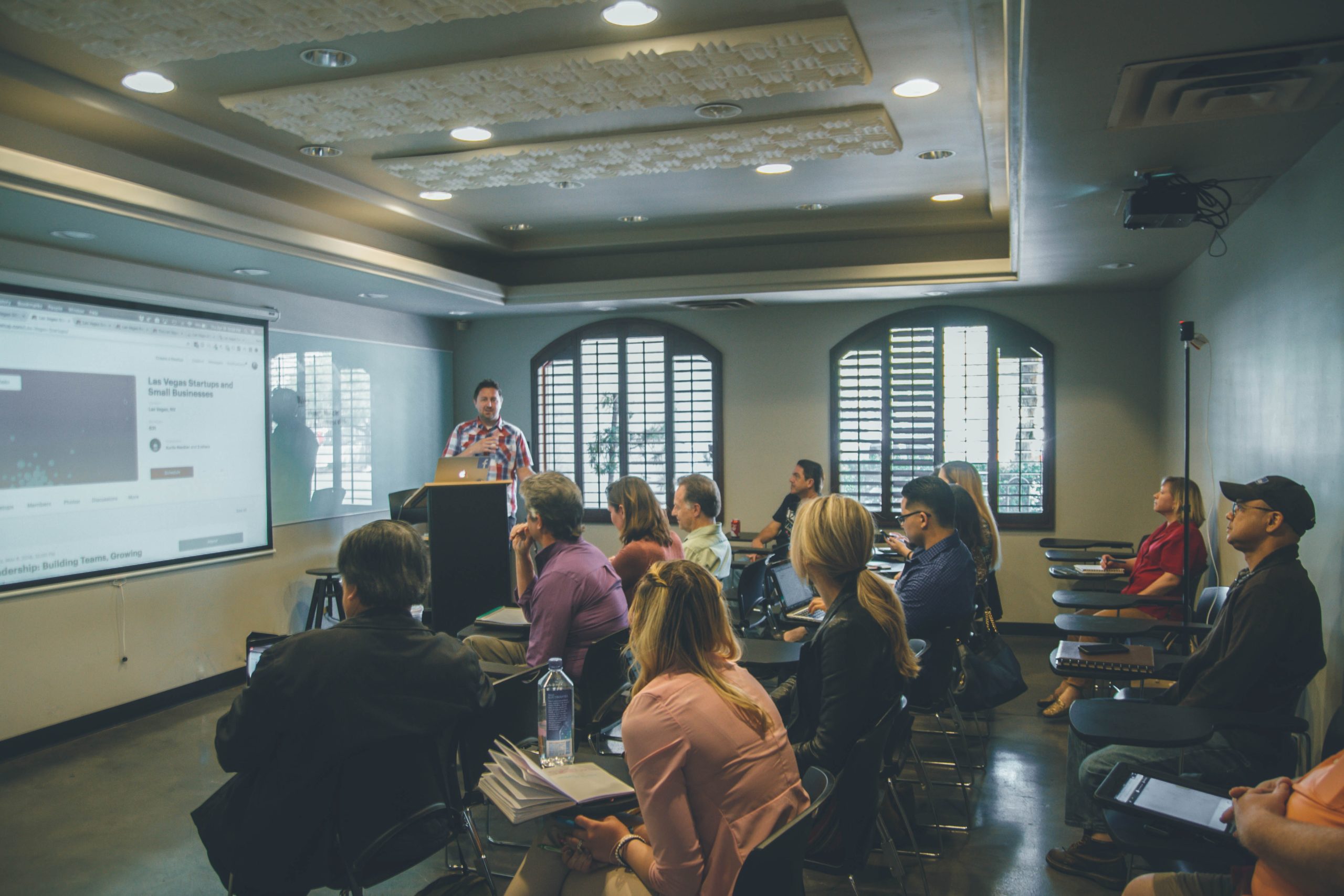AQE advisors
Interview with Lucie Kratochvílová a Žaneta Bajerová
Sector
Terciary: consultancy and education for public administration
Country
Czech Republic
Web-site
https://www.aqe.cz/
Specification
AQE is a small consultancy company providing its services in the field of strategic management, regional development, evaluation, education, EU funding, project management, economics and information systems.
Main motives for the decision to implement the age management measures
The main reason for introducing the mentoring process in our company was the high turnover of new employees who did not manage the adaptation period and left the company before its termination.
The main goal for us is to maintain a good long-term relationship with the client. Due to the fact that our customers are public administration authorities, this goal can be fulfilled only by the same people working for us for a long time.

Expected results
From the implementation of the mentoring process, we expect a decrease in the labour turnover of new employees, so that each new employee stays with us as long as possible and becomes a junior manager I. after the end of the adaptation period (1.5 years). This process is closely related to the fulfillment of the degree of required competencies according to the competence model.

Age management dimension
Learning, training and lifelong learning
- analysing the skills needs of the organisation, matching these with the available skills and individual educational status of older employees and utilising them in the methodology and contents of training;
- continual monitoring of an employee’s educational status;
- defining training opportunities as being an integral part of career planning and not solely as job
- organising work so that it is conducive to learning and development – for instance, within the framework of mixed-age teams and groups;
- using older employees and their particular qualifications both as facilitators of further education for older and younger employees, and as an organisational ‘knowledge pool’.
Our way towards the age management
Among the measures that most significantly affect our work, we include mentoring, which is the process of transferring the competencies of senior managers to other managers. Every new employee goes through a complex process of training and acquiring professional skills and company know-how. Our goal is to keep these employees with us after the training and the mentoring process is helping us in this.
A new employee gets his mentor upon taking up employment. The process of hiring an employee is a three-stage process, first the HR specialist talks to the candidate, then the company director and finally the candidate meets his future mentor.
The whole mentoring process is rather informal, because there are only a few of us in the company. However, we use a mentoring guide, and we are all trained in how to work with a new person from the moment he comes to the company until the end of the adaptation process.

After the first year of work in our company, the new employee is being evaluated, both by the company’s director and his mentor. This evaluation is one of a number of informal but systemic processes. After completing the adaptation process, we define an employee training plan in areas where their further development is desirable.
It was especially important for us to set up the process, to define our needs and systematic and long-term work with these needs. Even mentors are beginning to realize the potential of their subordinates and they are learning to work with it. In the past, the development of the company was largely hampered by the lack of knowledge of managers in the field of people management. All managers were therefore thoroughly trained in the areas of management, leadership, mentoring, meeting management, time management, communication, digital skills, etc., so that senior managers are an inspiration for their younger colleagues.
The process of realizing the importance and overall embracing the mentoring process was important. Every employee who has subordinates should be a mentor, lead by example, help them and make sure that they feel good in our organization. Managers become mentors when they are mature for this role, in about eight years of work. They must reach a certain level of all important competencies to become mentors.
Mentoring is relatively new; we have been using it for about five years now. Now the whole process has been formalized, we know exactly who the mentor is and who the mentee is, we know what time period is set for adaptation and to which level the new employee must grow. But we also have had some new employees who have been able to adapt and stay at work without a help of mentor.
We have our own academy in the company, where every employee can study. As we provide educational services ourselves, the development of our own skills is a key. In the academy, we have developed a database of training courses that we can provide internally within the company and which are linked to training plans. Each employee can choose a course and supplement their training as needed. The overall process of education and training of employees is carried out in-house, using our own resources.
Age management is part of our corporate strategy and we have appointed a manager responsible for it. At the same time, the issue of age management is part of the services we provide to our clients. In any case, we take age management as a long-term process, which must be approached both systematically and strategically.

Strengths and weaknesses of the chosen approaches
Strengths:
- Reduction of fluctuation (job turnover)
- Increasing the quality of the services we provide, and the related significant strengthening of the professional level of the company with strategic impacts
- Financial savings
Weaknesses:
- Mentoring is very time consuming and it is a long-term process
Tha “aha!” moment experienced during the process
Lucie Kratochvílová
It was common practice for new employees to leave the company during the adaptation period. Working in our company is quite demanding, and when new employees do not receive proper care, they simply leave. Over time we have realized that this is mainly a fault of superiors, and that it is equally necessary to work on our managerial and leadership competencies.
The new employees left us despite the fact that we increased their salary after the first year. We realized that money is not the most important motive for working in our company.
Žaneta Bajerová
Despite the informal and friendly atmosphere in the mentoring process in the company, it is necessary to make clear that new employees understand that the manager and his subordinate cannot be friends under any circumstances.
Monitoring system of the effects
In order to ensure the ongoing quality of our services, all employees of the company must undergo regular evaluation in several monitored areas:
- Social behavior
- Communication
- professional skills
- Digital skills
Each employee has their own training plan, and during the evaluation they first go through a self-evaluation, then they are evaluated by their superior and co-workers. After processing this data, the employee receives recommendations on which aspects of his competences should be supplemented with further training. After a specified time, we assess whether this training had the expected impact on employees and upgraded their professional development to the required level. We understand this monitoring as part of age management process, because we work with the competencies of our employees and monitor their long-term improvement.
Activities to sustain this initiative
Process of the mentoring and consequent training and education of the employees continues as a common part of the people care in the company.
Beneficial effects of the initiative
With the introduction of the mentoring process, fluctuations in our company were reduced, which was our main goal, by an estimated 40%. In other words, when 5 of the 10 new employees left before, only 3 will leave now.
Personal recommendation
- While introducing the AM, you should be surrounded by people, who understand this topic and can help you with the entire process.
- Try to meet people, who have some knowledge about the AM, who find it natural. Try to find out how they were impacted by it, how it went.
- The AM implementation team should consist of people enthusiastic about it, enjoying learning new things, and not likely to give up due to partial failures. The team implementing the AM ought to have more members, as they may support each other.
- Learn about the theoretical background of the AM, I would recommend you to read a book by Juhanni Ilmarinnen and attend courses providing you with basic knowledge of the AM. Search books that you find professionally inspiring for some AM thoughts. If possible, visit organisations with practical experience of the AM implementation.

